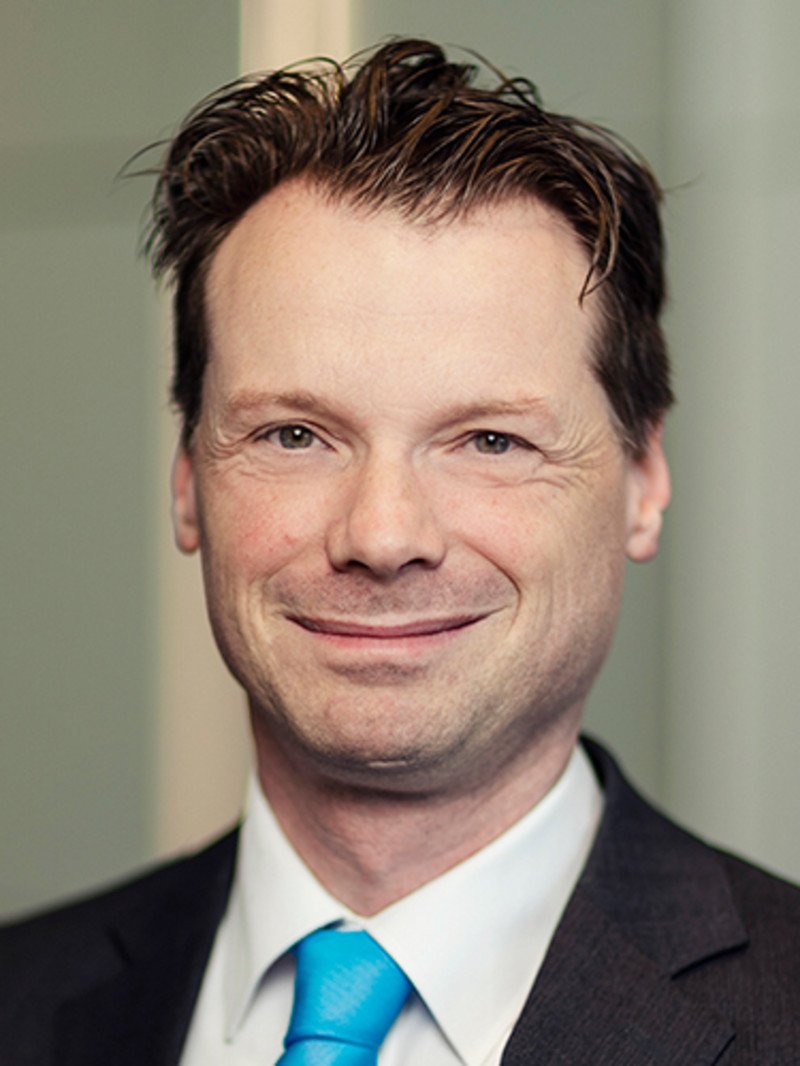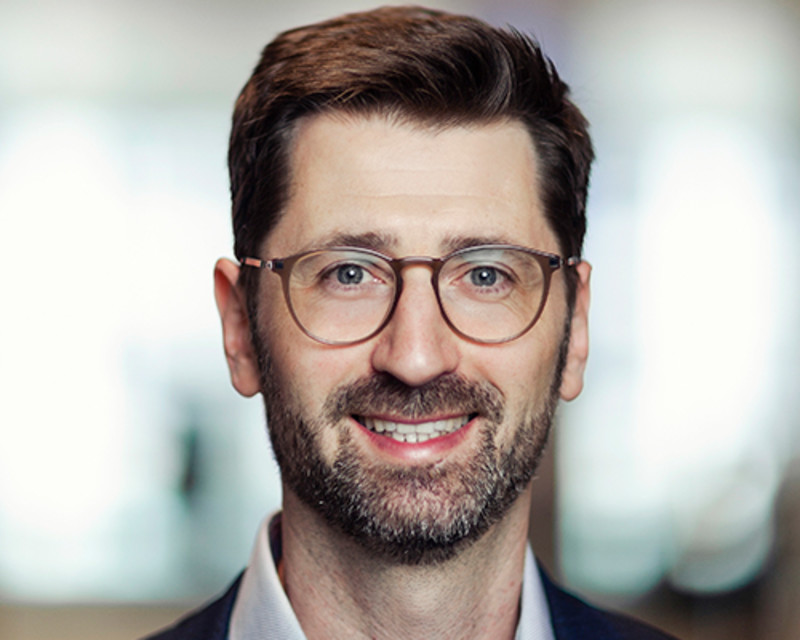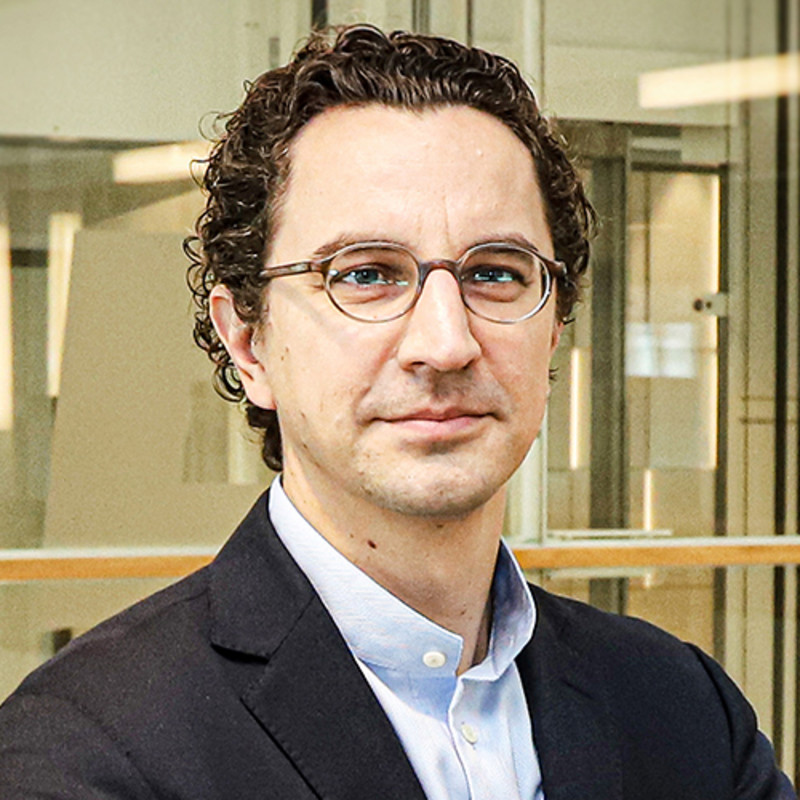Recently published Robeco research delves into how many factors are necessary to compress the factor zoo. The main objective is to substantially reduce the number of factors without sacrificing unique sources of alpha. By exploring this question, the researchers aim to bridge the gap between the academic factor models that typically comprise a handful of factors and the reported factor zoo that contains more than 150 factors.
The number of factors allegedly driving the cross-section of stock returns has grown steadily over time. When exploring how much this ‘factor zoo’ can be compressed, the researchers focused on explaining the available alpha rather than the covariance matrix of factor returns. Their findings indicate that about 15 factors suffice to span the entire factor zoo. This evidence suggests that many factors are redundant, but also that merely using a handful of factors, as in common asset pricing models, is insufficient.
As a consequence, a factor model consisting of only 15 selected factors can fully represent the diverse factor landscape. These 15 factors originate from 8 of the 13 factor style clusters, underlining the heterogeneity of the factors involved. When the researchers apply this factor selection while only consider published factors at each point in time, they find that the selected factor styles remain persistent. However, the specific style representatives vary over time, emphasizing the importance of ongoing innovation and adaptability in factor selection.
When the factor models are applied more broadly, several nuances emerge. Equal-weighted factors require a more extensive set of over 30 factors to achieve the same spanning ability, indicating more diverse alphas. Similarly, applying the factor selection to global data not only confirms the robustness of the selected factors but also reveals that they perform particularly well in the US, suggesting that international factors exhibit larger and more diverse alpha opportunities.
Read the full paper here:




























